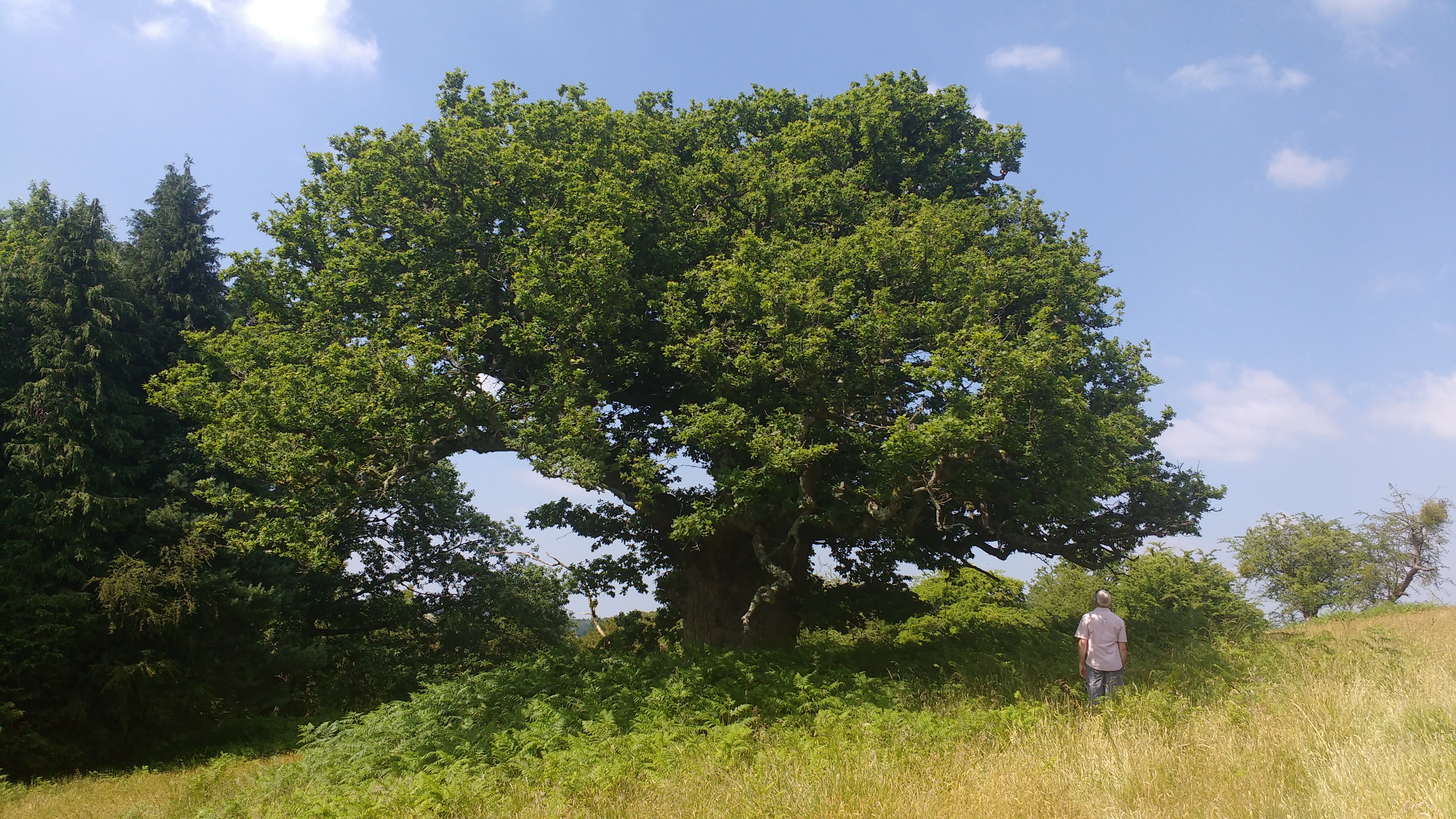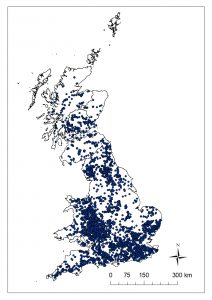
September 25, 2019, by Aleisha Turner
Locating Ancient Trees
Mapping ancient trees using high performance computing
Ancient trees are ecologically, historically and culturally important, and although we know the locations of many, there are plenty more to be discovered. Victoria Nolan, a PhD candidate at the University of Nottingham is using mathematical models to produce predictions of likely suitable areas for ancient trees allowing her to carry out target surveys to locate them and add them to a distribution map.

Improving the accuracy of the map will enable better protection and policy measures to be put in place for ancient trees, and prevent further decline.
Digital Research Services used: High Performance Computing, Software Engineering.
How Digital Research made a difference
Victoria commented, “we have been using species distribution modelling to predict ancient tree presence/ absence across a small sample area of the UK at a 1km resolution using many different environmental and topographical predictors, and have fitted models that successfully are able to predict suitability and find undiscovered ancient trees. Upscaling these models across the whole of the UK at the same resolution on a standard desktop computer proved to be extremely difficult due to the large number of calculations required for each grid square. Using the University of Nottingham Compute Service has allowed us to compute the model predictors at a much faster rate, which will allow me to fit the models. This in turn will allow me to design field surveys based on the predictions to be carried out in 2020 within the span of my PhD, something which otherwise would have been impossible.
No comments yet, fill out a comment to be the first

Leave a Reply